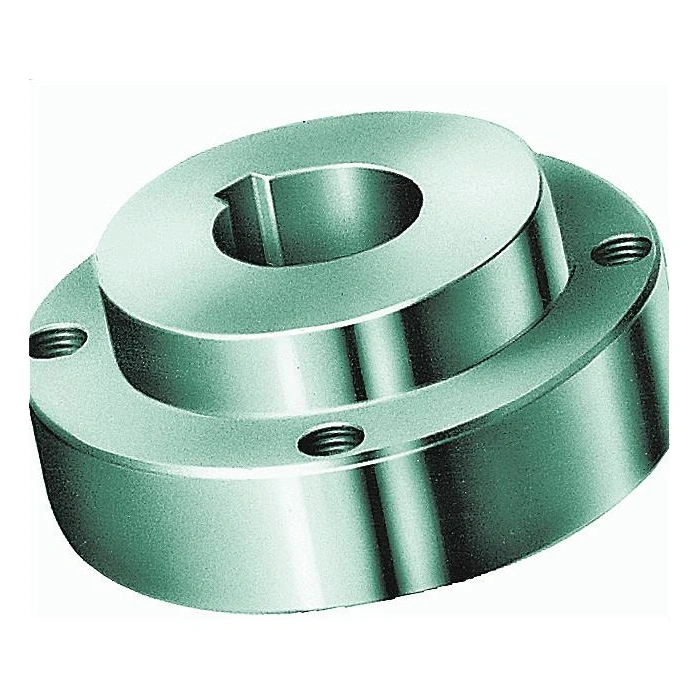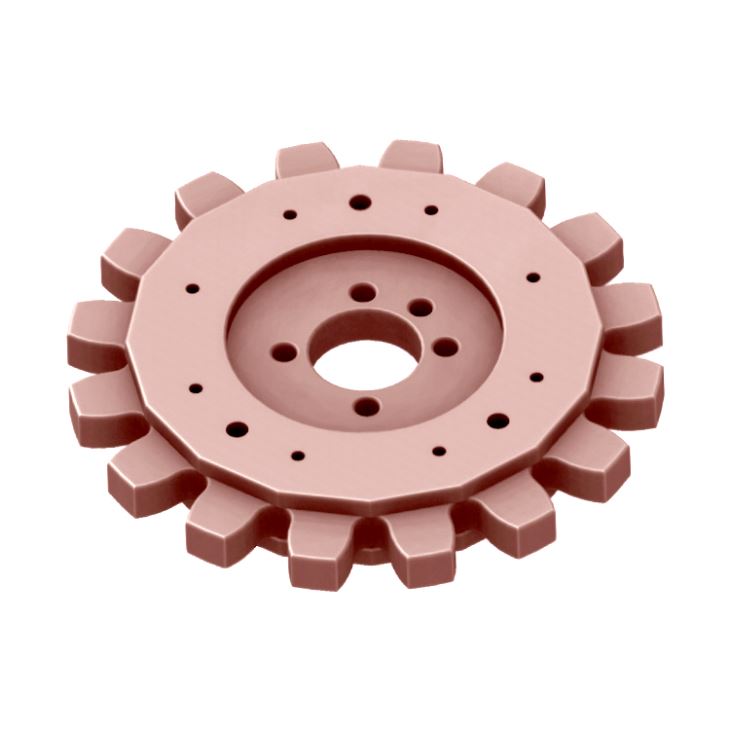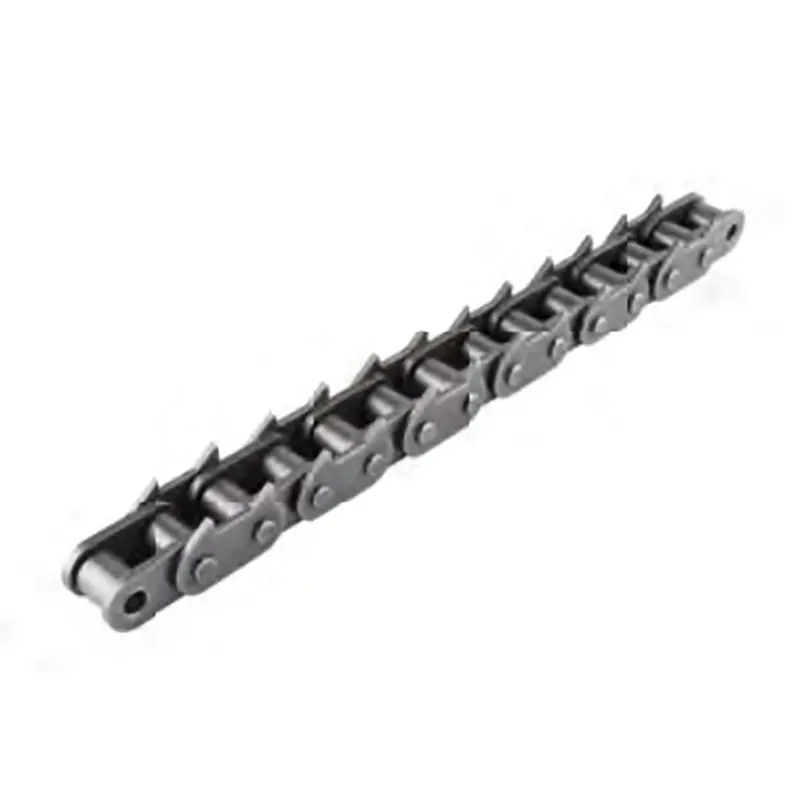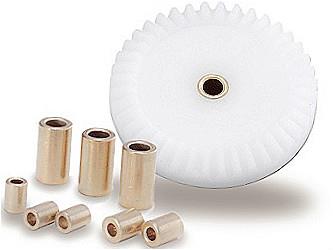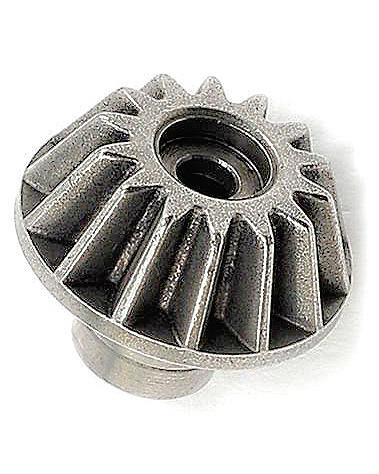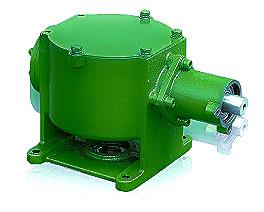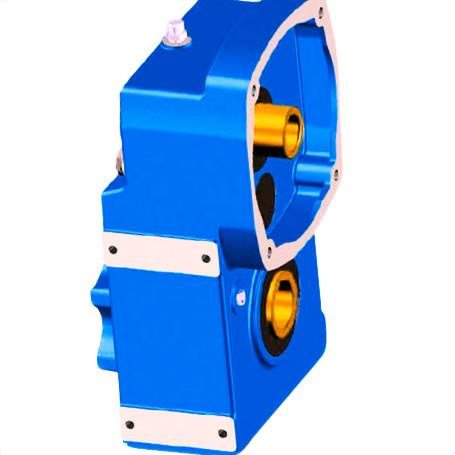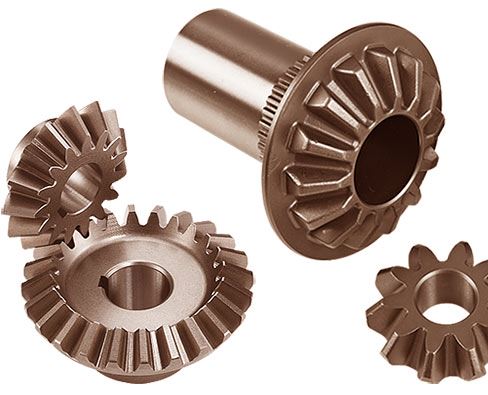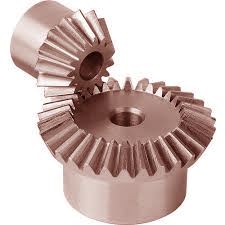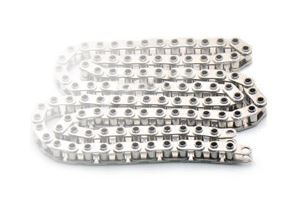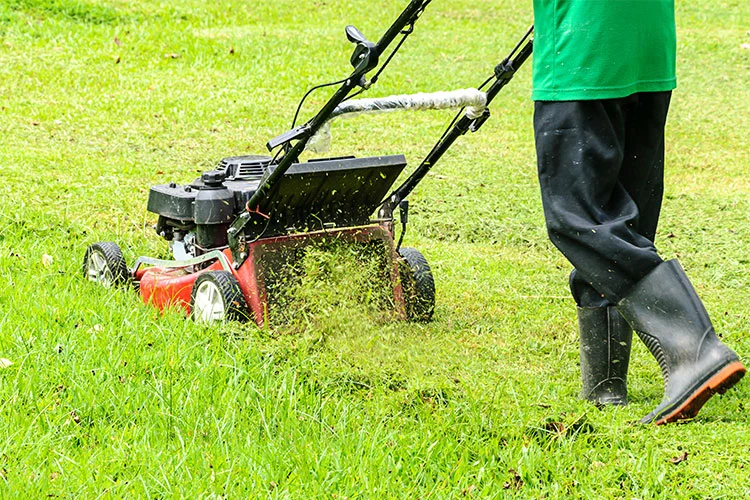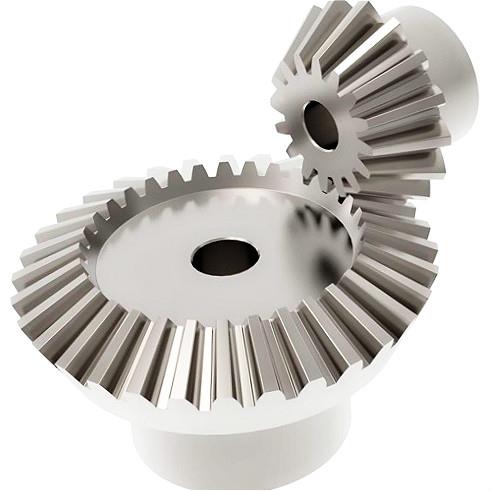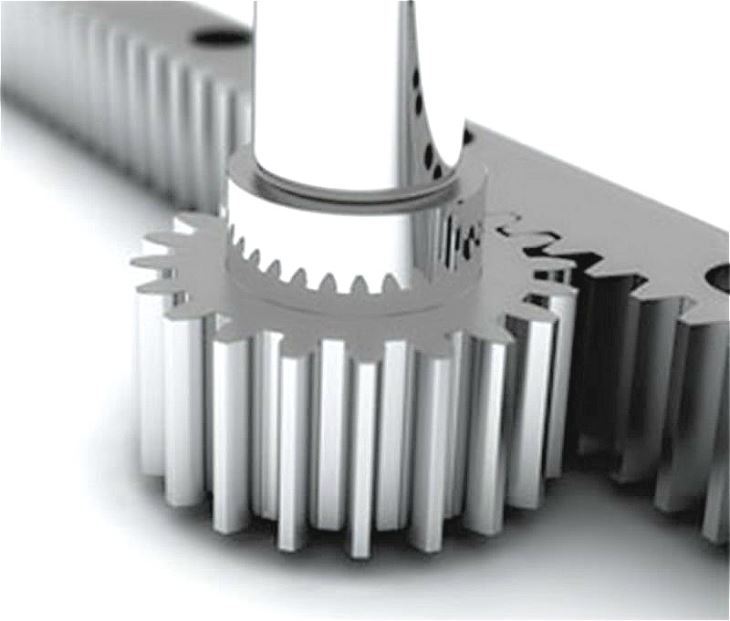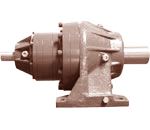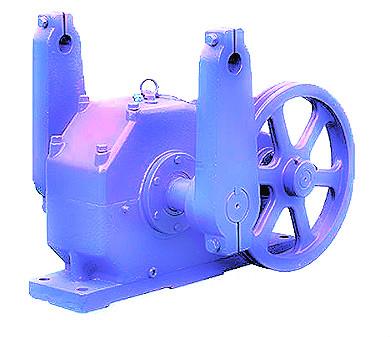High-Quality Bevel Gears for Precision Applications
Bevel gears are essential components in mechanical power transmission systems, transmitting power between intersecting shafts at various angles. Our bevel gears are manufactured to the highest standards, ensuring smooth operation and long service life in demanding industrial applications.
Key Product Specifications
- Material: High-grade alloy steel (20CrMnTi, 42CrMo, etc.)
- Hardness: HRC58-62 after carburizing and quenching
- Precision Grade: DIN 6-8, AGMA 10-12
- Module Range: 1-20mm
- Pressure Angle: 20° standard (customizable)
- Tooth Profile: Gleason or Klingelnberg system
- Surface Finish: Ra 0.8-1.6μm
- Heat Treatment: Carburizing, hardening, tempering
Bevel Gears Technical Data Table
| Parameter | Straight Bevel | Spiral Bevel | Zerol Bevel |
|---|---|---|---|
| Gear Ratio Range | 1:1 - 6:1 | 1:1 - 10:1 | 1:1 - 4:1 |
| Max. Speed (RPM) | 3,000 | 5,000 | 4,000 |
| Efficiency | 95-97% | 98-99% | 96-98% |
| Noise Level | Medium | Low | Medium-Low |
| Typical Applications | Machine tools, conveyors | Automotive differentials, helicopters | Aerospace, medical equipment |
Bevel Gears FAQ Section
Q: What are the main advantages of spiral bevel gears compared to straight bevel gears?
A: Spiral bevel gears offer several advantages: 1) They engage more gradually with multiple teeth in contact simultaneously, resulting in smoother operation. 2) They can handle higher speeds and loads due to better load distribution. 3) They generate less vibration and noise. 4) They typically have a longer service life. The trade-off is slightly higher manufacturing cost and more complex installation requirements.
Q: How do I determine the proper backlash for my bevel gear application?
A: Proper backlash depends on several factors: gear size, operating temperature, speed, and load conditions. As general guidelines: For precision applications (machine tools, robotics), maintain 0.05-0.10mm. For industrial drives (conveyors, pumps), 0.10-0.20mm is typical. For heavy-duty applications (mining, construction), 0.20-0.30mm may be required. Always consult AGMA or DIN standards for your specific gear module and refer to manufacturer recommendations.
Q: What maintenance procedures are required for bevel gears?
A: Regular maintenance should include: 1) Lubrication - use the correct viscosity oil or grease as specified, checking levels monthly. 2) Inspection - examine teeth for pitting, wear patterns, or damage every 3-6 months. 3) Alignment check - verify proper shaft alignment annually. 4) Backlash measurement - check periodically for increases indicating wear. 5) Cleanliness - keep gear housing free of contaminants. Proper maintenance can extend gear life by 3-5 times compared to neglected systems.
Customization Options
We offer complete customization capabilities for bevel gears to meet your exact requirements:
- Special Materials: Stainless steel, bronze, plastic, or special alloys
- Coatings: Black oxide, phosphate, nickel, or specialized wear coatings
- Bore Types: Plain, keyed, splined, or with special mounting features
- Special Tooth Modifications: Profile shifting, crowning, or tip relief
- Precision Levels: From standard industrial to aerospace-grade tolerances
Industry Applications
Our bevel gears serve diverse industries with reliable performance:
| Industry | Typical Use | Gear Type |
|---|---|---|
| Automotive | Differentials, transfer cases | Hypoid & spiral bevel |
| Aerospace | Helicopter transmissions, actuators | Precision spiral bevel |
| Industrial Machinery | Machine tools, printing presses | Straight & spiral bevel |
| Marine | Steering systems, propulsion | Corrosion-resistant bevel |
| Energy | Wind turbine yaw drives | Large diameter bevel |
Quality Assurance
Every bevel gear undergoes rigorous quality control:
- 100% material certification
- Dimensional inspection with CMM
- Hardness testing
- Tooth contact pattern verification
- Noise testing in controlled conditions
- Full traceability documentation
Bevel Gears FAQ Section (Continued)
Q: What is the difference between Gleason and Klingelnberg bevel gear systems?
A: These are the two main manufacturing systems for bevel gears. Gleason system gears have a curved tooth flank with variable taper, while Klingelnberg uses a constant taper. Gleason is more common in North America, Klingelnberg in Europe. The Gleason system typically allows for more compact designs, while Klingelnberg gears may offer slightly better meshing characteristics. The systems are generally not interchangeable - gear sets must be manufactured using the same system.
Q: How does shaft angle affect bevel gear selection?
A: Shaft angle is critical in bevel gear design: 1) 90° angles are most common and allow standard designs. 2) Angles less than 90° require special consideration of clearance and tooth contact. 3) Angles greater than 90° may need modified tooth profiles. 4) Non-perpendicular applications often benefit from spiral bevel designs. Always specify your exact shaft angle when ordering, as even small deviations from standard angles require customized gear geometry.
Q: Can bevel gears be repaired if damaged?
A: Some repairs are possible depending on damage extent: Minor wear can be addressed by re-lapping the gear set. Moderate damage might allow rebuilding through metal deposition and re-machining. Severe damage usually requires replacement. The pinion (smaller gear) typically wears first and can sometimes be replaced independently. For critical applications, we recommend replacing complete gear sets to ensure proper meshing. Always consult with our engineers before attempting repairs on precision bevel gears.
Ordering Information
To order bevel gears, please provide the following specifications:
- Gear type (straight, spiral, zerol)
- Module or diametral pitch
- Number of teeth
- Shaft angle
- Bore diameter and mounting details
- Material and hardness requirements
- Any special coatings or treatments
- Quantity needed
Why Choose Our Bevel Gears?
- 20+ years of precision gear manufacturing experience
- State-of-the-art CNC gear cutting equipment
- Complete in-house heat treatment facility
- Custom engineering support for special applications
- Competitive pricing with no quality compromises
- Global shipping with reliable logistics partners
- Comprehensive after-sales support


